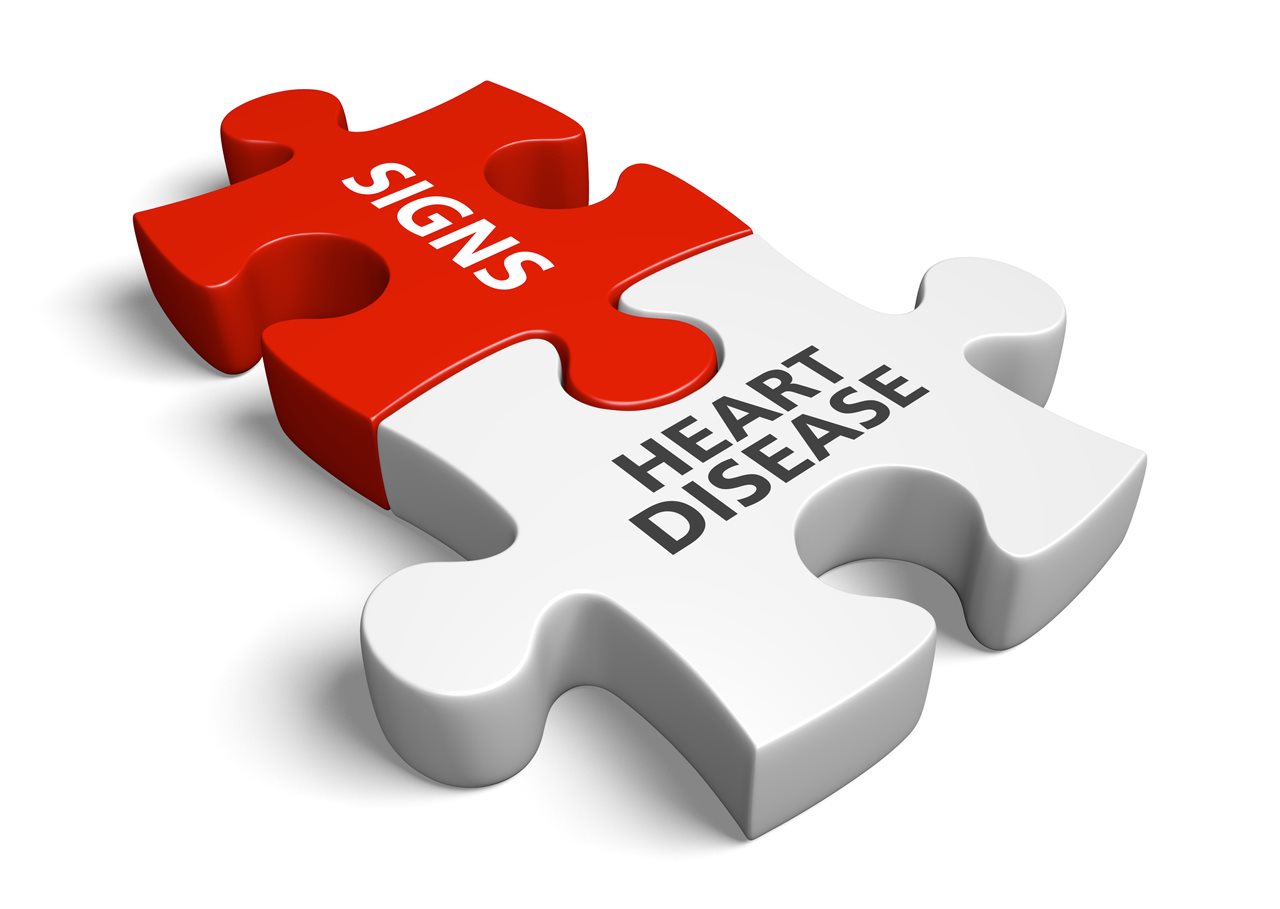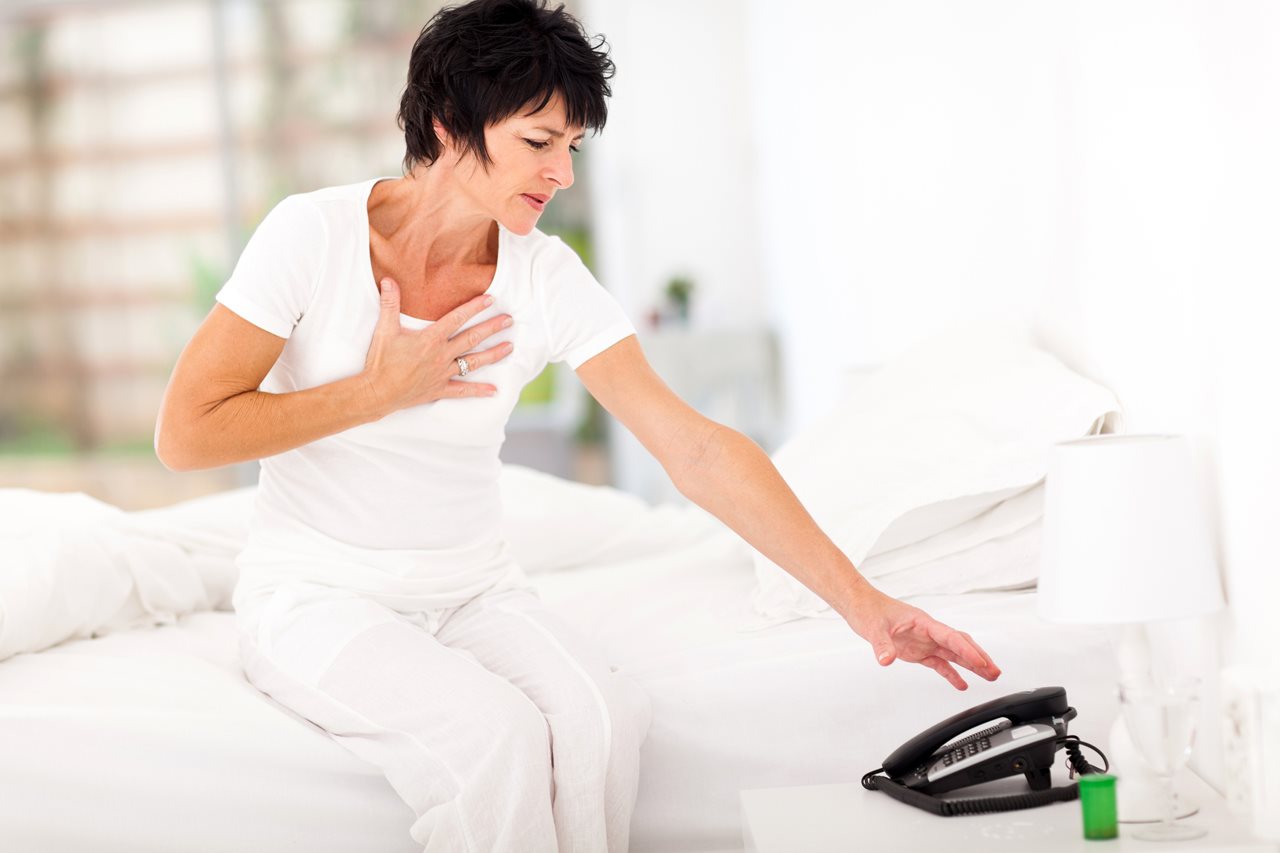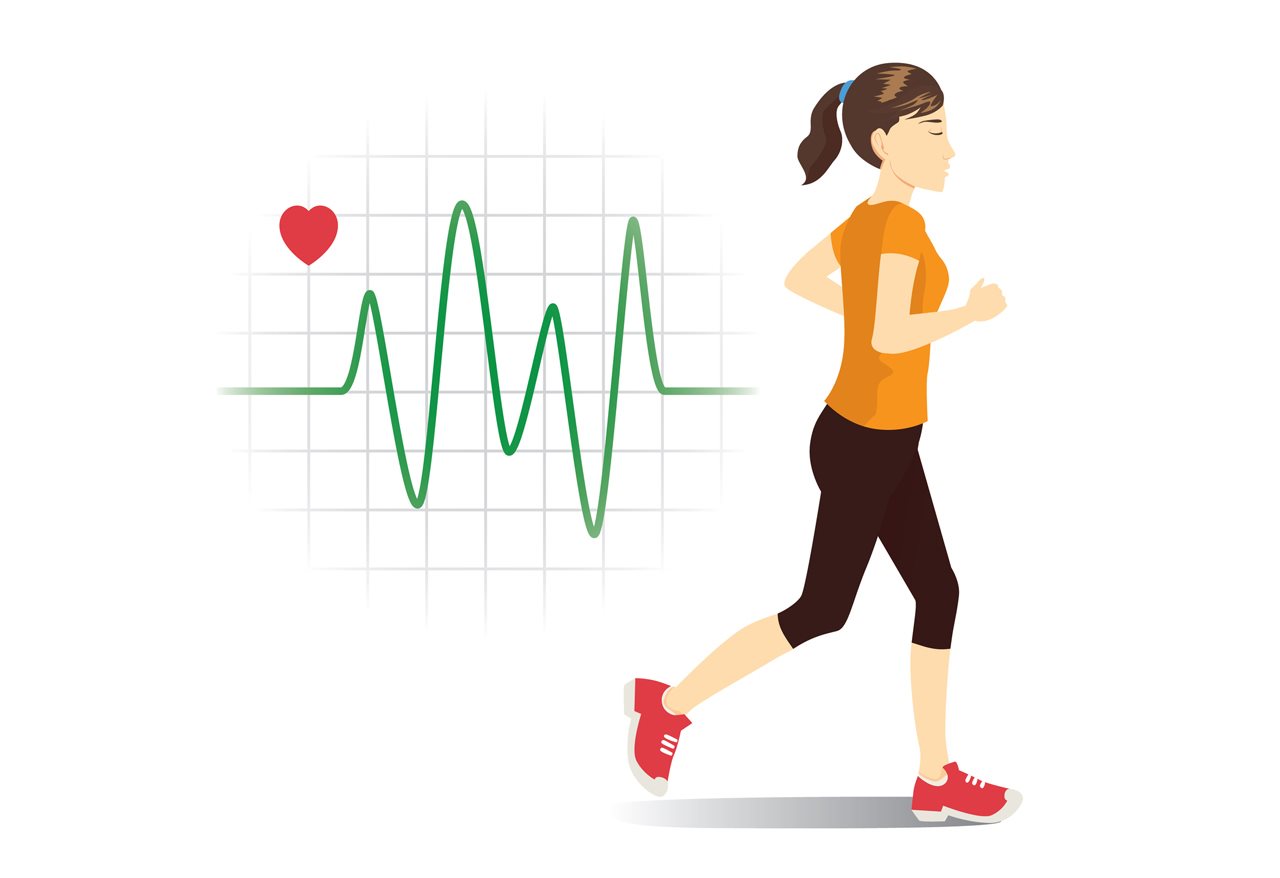2018-05-11T11:01:00
(BPT) – Worldwide, cardiovascular disease remains the number one killer of women and men.[i] In the U.S., the disease leads to one in every three deaths — one death approximately every 38 seconds.[i] Although both genders suffer from the disease, women can experience more subtle symptoms than men, which may go unnoticed. That’s why it is important for women to know the heart disease risk factors that are specific to them. Here are four steps women should take to protect their heart health:
- Know the Signs.

Chest pain is the most common heart attack symptom for women, but women are more likely than men to experience symptoms unrelated to chest pain including shortness of breath, nausea or vomiting, sweating, lightheadedness/dizziness, or pain or discomfort in the neck, stomach, one or both arms, back, or jaw.[ii]
- Don’t Stall, Get Help Immediately.

Recent research found women have a higher risk of death in the first year after a heart attack than men.[iii] If you recognize any of these signs or symptoms, it is important to get help immediately. Stalling may worsen your condition.
- Prevention is Key.

Heart disease is preventable. Knowing and watching your heart health indicators, such as diet, exercise, smoking and alcohol consumption, are a few ways to protect your heart. If lifestyle modifications are not enough to lower your risk, you may need to speak with your doctor about alternate solutions.
- Talk to Your Doctor.

High triglycerides (fat in the blood) are an indicator of cardiovascular risk.[iv],[v],[vi] You should talk to your doctor about your triglyceride levels as well as your cholesterol, blood sugar and blood pressure levels — all important cardiovascular risk factors that can impact your heart health.
[i] American Heart Association/American Stroke Association. Heart Disease and Stroke Statistics 2018 At a Glance website. https://healthmetrics.heart.org/wp-content/uploads/2018/02/At-A-Glance-Heart-Disease-and-Stroke-Statistics-2018.pdf. February, 2018. Accessed April 29, 2018.
[ii] American Heart Association. Heart Attack Symptoms in Women website. http://www.heart.org/HEARTORG/Conditions/HeartAttack/WarningSignsofaHeartAttack/Heart-Attack-Symptoms-in-Women_UCM_436448_Article.jsp#.WvHCjqQvzRY. July, 2015. Accessed May 8, 2018.
[iii] Ubrich R, Barthel P, Haller B, Hnatkova K, Huster KM, Steger A, et al. (2017) Sex differences in long-term mortality among acute myocardial infarction patients: Results from the ISAR-RISK and ART studies. PLoS ONE 12(10): e0186783. https://doi.org/10.1371/journal.pone.0186783
[iv] Miller M, Cannon CP, Murphy SA, Qin J, Ray KK, Braunwald E, for the PROVE IT-TIMI 22 Investigators. Impact of Triglyceride levels beyond low-density lipoprotein cholesterol after acute coronary syndrome in the PROVE IT-TIMI 22 Trial. J Am Coll Cardiol. 2008;51;724-730.
[v] Faergeman O, Holme I, Fayyad R, Bhatia S, Grundy SM, Kastelein JJP, LaRosa JC, Lytken Larsen M, Lindahl C, Olsson AG, Tikkanen MJ, Waters DD, Pederson TR, on behalf of the Steering Committees of the IDEAL and TNT Trials. Plasma triglycerides and cardiovascular events in the treating to new targets and incremental decrease in end-points through aggressive lipid lowering trials of statins in patients with coronary artery disease. J Am Coll Cardiol. 2009;104:459-463.
[vi] Miller M, Stone NJ, Ballantyne C, Bittner V, Criqui MH, Ginsberg HN, Goldberg AC, Howard WJ, Jacobson MS, Kris-Etherton PM, Lennie TA, Levi M, Mazzone T, Pennathur S. Triglycerides and cardiovascular disease: A scientific statement from the American Heart Association. Circulation. 2011;123:2292-2333.

